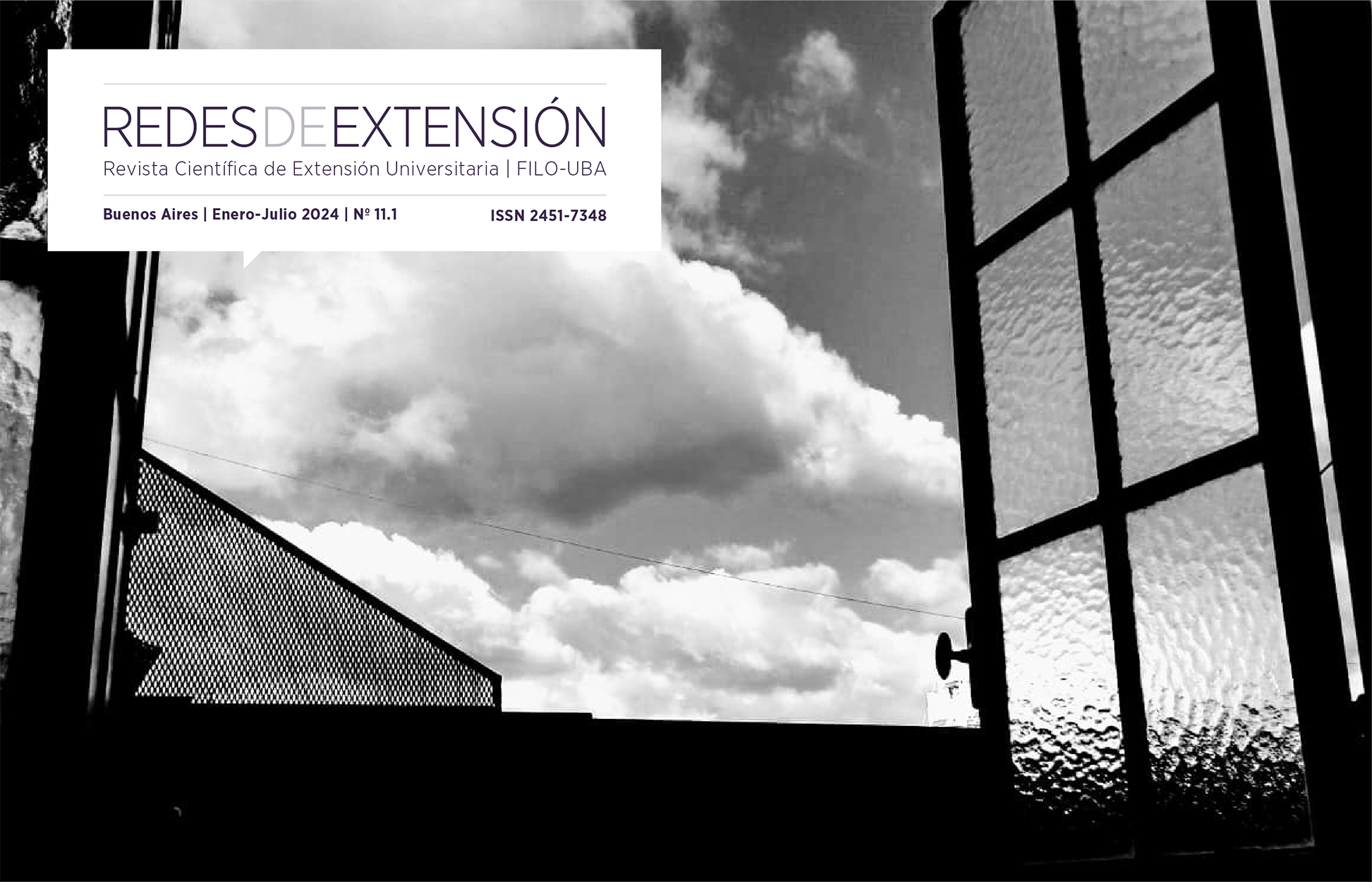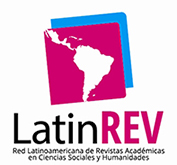Teaching and Learning Generously
Social Educational Practices of Future Teachers in Labour Relations on the Links Between Democracy and Labour Rights
Keywords:
Work, Teaching, Extension
Abstract
In this work we socialize the implementation of an educational project that aims todevelop “a generous teaching and learning device” in and for future teachers, whiletending to strengthen the educational proposals of the Secondary Level EducationCenters of the Government of the City of Buenos Aires (CENS) with orientation inLabor Relations / Occupational Safety and Hygiene. of the City of Buenos Aires. Theproposal we presented was developed within the framework of different calls of theUBANEX Project and a UBACyT PDE. In its design and development, emphasis wasplaced on the incorporation of various mediations and different interventions werecarried out to think about the social in a reflexive way, recognizing possible paths in theface of the current reality. The strictly formative purposes of this device try to assumethe sociocultural and civilizational complexity of the current context, of the differentactors involved, of the different inhabited spaces, of the deepening and curricularupdating of the specific theme of these CENS, of the diversity of educational and labortrajectories.One of the fundamental methodological strategies is the elaboration of co-createdworkshops between teachers and students, which constitutes a novel way of teachingthe social that we develop within the framework of our subject, and in which wepropose with special focus the teaching and learning generously. We understand“generosity” as a quality that refers to abundance, and at the same time as an attemptto promote, a practice focused on giving or sharing with others, without expecting orreceiving anything in return. Likewise, this proposal also crosses the treatment of theimportance of democratic life in all its scopes.
Published
2024-12-30
How to Cite
Vega, V., Saez, V., & Prado, M. C. (2024). Teaching and Learning Generously. Redes De Extensión, 1(11), 138-151. https://doi.org/10.34096/redes.n1.16600



.png)
